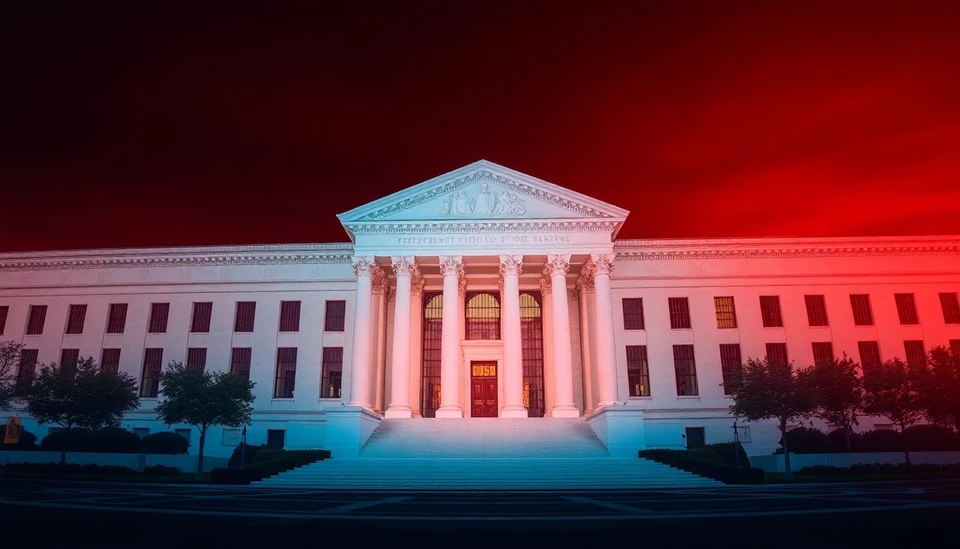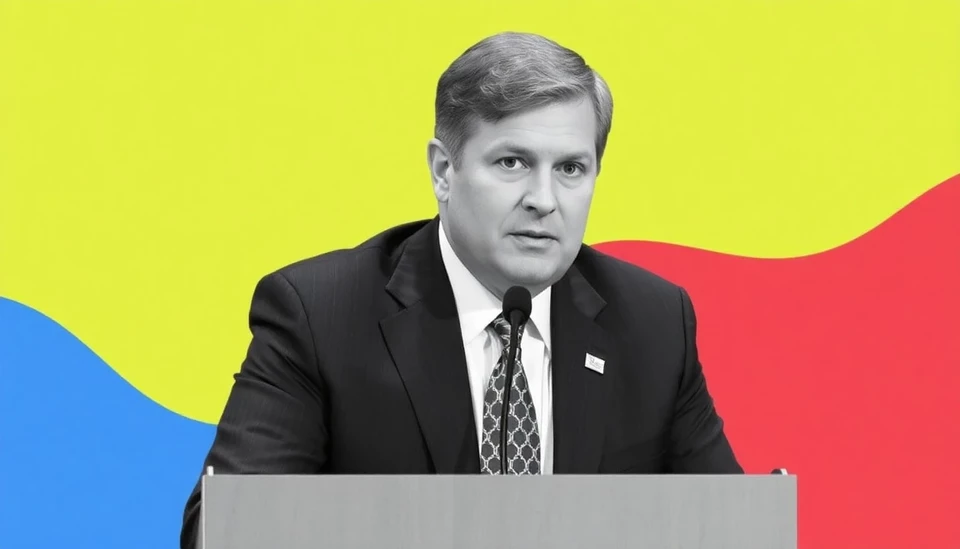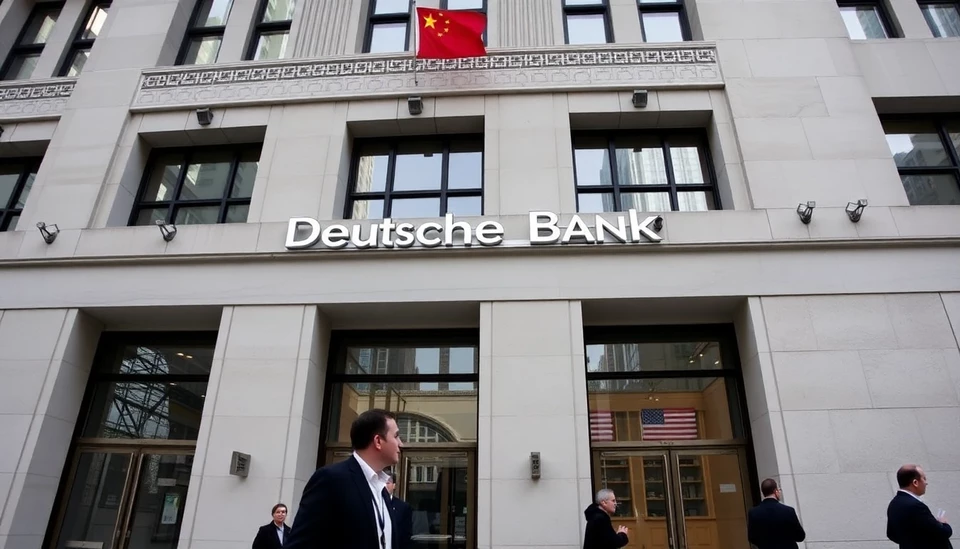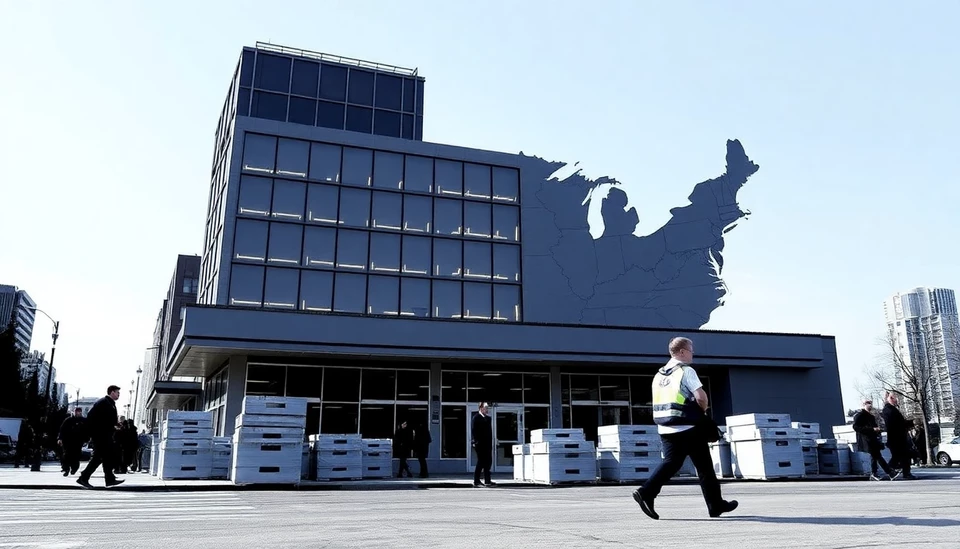
The U.S. economy is demonstrating robust growth, which is leading many analysts to predict that the Federal Reserve will maintain its current interest rates in the near future. This development signals a steady path for economic conditions as the nation navigates through a variety of challenges.
Recent data shows that the economy continues to expand, driven by resilient consumer spending and a recovery in the labor market. With strong job growth and declining unemployment rates, households are increasingly confident, contributing positively to overall economic activity.
In recent reviews, economists remarked that inflation is beginning to stabilize, albeit at levels higher than the Fed's target. While inflation rates have shown signs of moderation, core inflation remains a concern. This nuanced situation puts the Fed in a complicated position, as it seeks to balance interest rates without hampering economic growth.
Moreover, signals from the manufacturing and service sectors depict a mixed yet promising picture. Growth in manufacturing has been bolstered by strong export demand, while the services sector continues to thrive, functioning as a key engine of job creation and economic vitality in many regions.
The Federal Reserve has maintained a cautious yet optimistic stance, carefully monitoring economic indicators. The conversation around interest rates involves weighing the necessity to control inflation against the need to foster economic momentum. Currently, there is speculation that the Fed may choose to remain flexible with its monetary policy in the coming months, as any changes could have far-reaching implications for borrowing costs and consumer spending.
In conclusion, the U.S. economy's current trajectory suggests a solid footing, leading to a likelihood that the Fed will keep interest rates steady for the time being. This decision, if it unfolds, could provide much-needed clarity in a fluctuating economic landscape, allowing both consumers and businesses to plan their finances with more assurance.
As we move further into 2025, all eyes will be on the Federal Reserve's upcoming decisions, which will be closely tied to essential economic indicators and market responses. The interplay between inflation, consumer behavior, and economic growth will undoubtedly shape the Fed's approach, paving the way for future monetary policy adjustments.
#USEconomy #FederalReserve #InterestRates #EconomicGrowth #Inflation #ConsumerSpending
Author: Rachel Greene




